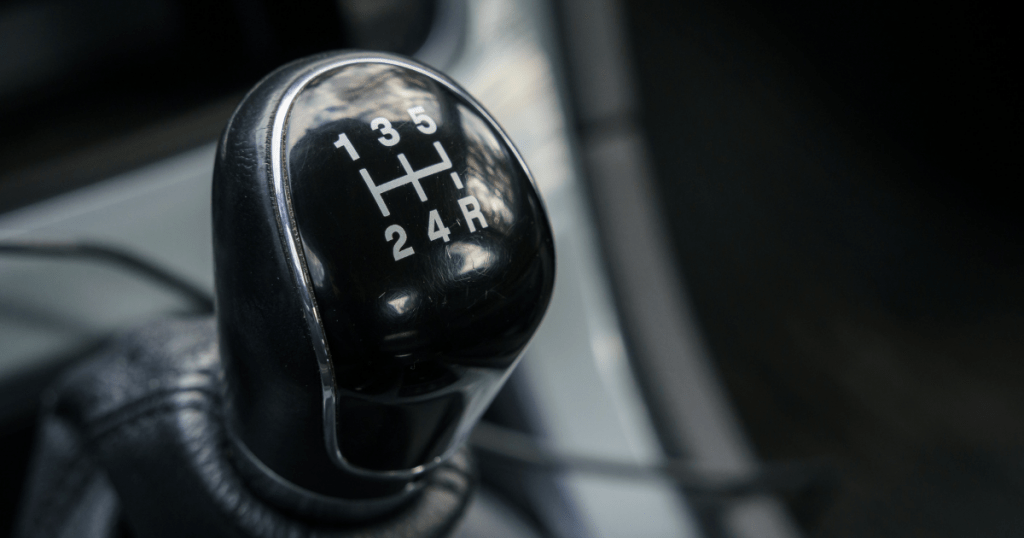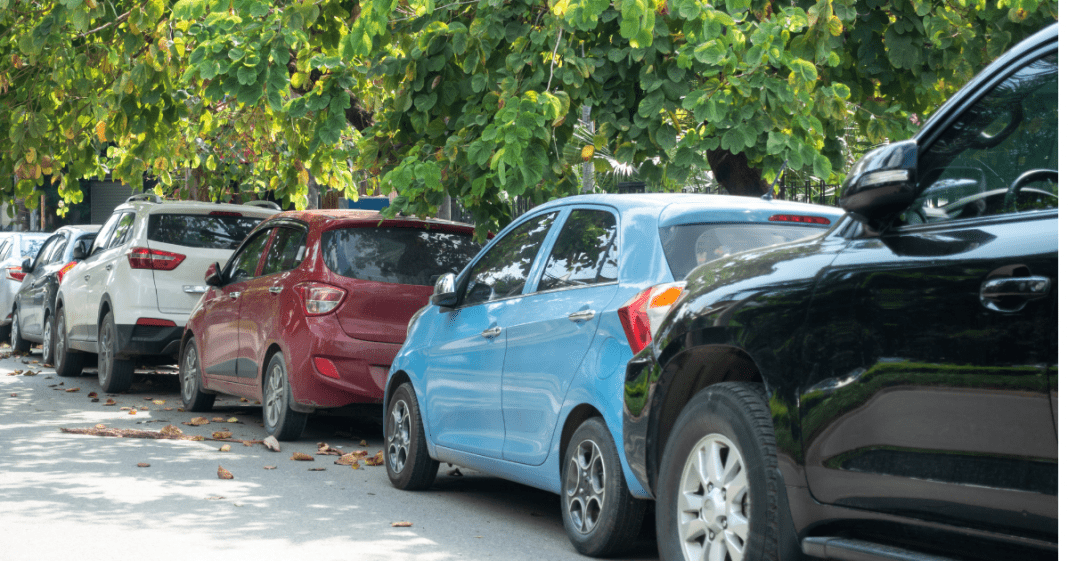The process of learning to drive is an exciting yet challenging journey with many different elements to consider. One of the most crucial aspects of mastering driving skills is learning driving manoeuvres, which will be incorporated into a practical driving test, as well used often in regular daily driving. These manoeuvres are essential techniques that all learner drivers must be able to perform safely and confidently, as they demonstrate a driver’s ability to control the car in various real-life scenarios.
During your driving lessons, your instructor will teach you these manoeuvres, ensuring that you can execute them correctly. When you take your UK driving test, you will be asked to complete one of these manoeuvres, plus you may be required to perform an additional one. Understanding these manoeuvres thoroughly will not only help you pass your test but also prepare you for everyday driving situations, making you a more responsible and skilled driver.
What Are the Driving Test Manoeuvres?
Driving test manoeuvres are controlled movements that test a learner’s ability to handle a vehicle’s movement safely in different conditions. In the UK, there are four key manoeuvres that a learner must be able to perform, and the driving examiner will ask you to complete one of them in your practical driving test. In addition to these standard manoeuvres, you will also learn an extra skill that is not always included in the test but is crucial for road safety.

Why Are They Included in Driving Tests?
Manoeuvres are included in the practical driving test for several important reasons. The driving test is not just about ensuring you can drive in a straight line or turn a corner, but it is also about proving that you have full control over your vehicle in different situations that require precision when carrying out vital movement of the vehicle.
Here are the main reasons as to why manoeuvres are included in the practical driving test:
- They test vehicle control – Examiners assess how well you handle the car in tight or challenging spaces.
- They assess observation skills – You must demonstrate awareness of pedestrians, cyclists, and other vehicles.
- They ensure road safety – Safe execution of these manoeuvres may reduce the risk of accidents in real-life driving scenarios.
- They prepare you for real-world driving – These manoeuvres reflect everyday driving situations, such as parking in a supermarket car park or turning in a narrow street.
- They help develop spatial awareness – Learning how to judge distances, angles, and surroundings is essential for safe driving and avoiding collisions.
- They test your ability to make decisions under pressure – Examiners evaluate how well you manage stress and respond to different scenarios.
The Driving Manoeuvres You Will Learn
As a learner driver, you will be taught all of the following manoeuvres. One of them will be selected during your driving test, and you must execute it correctly to pass.
Pulling Up on the Right
This manoeuvre involves pulling up on the right-hand side of the road, reversing a short distance, and then safely rejoining traffic. While typically discouraged in everyday driving due to safer left-side parking options, it is still an important skill to demonstrate your control and awareness on the road.
How to Perform It:
- Check mirrors and signal your intention to move right.
- Ensure the road is clear and move across safely.
- Stop parallel to the kerb and apply the handbrake.
- Release the handbrake once safe to do so and reverse approximately two car lengths while maintaining control and observation.
- Check for oncoming traffic and pedestrians before rejoining the left side of the road.
Why It’s Important:
- Tests your ability to judge safe stopping points.
- Assesses your use of mirrors and blind spots.
- Ensures you can rejoin traffic safely without causing disruption.
- Demonstrates your ability to reverse safely without losing control.
Bay Parking
Bay parking assesses your ability to position your vehicle correctly within marked parking bays. There are two types of bay parking that you need to learn:
Forward Bay Parking
This involves driving forward into a parking bay in a controlled manner, ensuring the car is straight and within the lines.
Reverse Bay Parking
Reverse bay parking requires backing into a bay, often requiring more precision when reversing in, but offering better visibility when leaving the space.
How to Perform It:
- Check mirrors and signal if necessary.
- Align the car with the desired bay.
- Slowly drive into (or reverse into) the bay, using reference points to stay centred.
- Stop once fully inside the bay and apply the handbrake.
Why It’s Important:
- Essential for daily driving, such as parking in car parks.
- Helps learners practice spatial awareness and control.
- Tests ability to reverse safely and accurately.
- Ensures drivers can park in tight spaces without hitting other vehicles.
Parallel Parking
Parallel parking is one of the most common and practical manoeuvres, used frequently in urban driving. It involves reversing into a parking space between two vehicles along the side of the road.
How to Perform It:
- Check mirrors and signal your intention to park.
- Pull up alongside the vehicle in front of the space.
- Reverse slowly while steering towards the kerb.
- Adjust your angle as needed to fit within the space.
- Straighten the wheels once fully parked.
Why It’s Important:
- Essential for parking in busy streets where space is limited.
- Tests your control, steering accuracy, and patience.
- Ensures you can adjust positioning if necessary without touching the kerb or nearby cars.
- Helps in mastering tight parking situations in urban settings.
Emergency Stop
Although not always included in the test, the emergency stop is a vital skill that learner drivers must be prepared for and should learn in their driving lessons with their driving instructor. The examiner may ask you to perform an emergency stop to assess how quickly and safely you can bring the car to a halt in a controlled manner, however not every practical driving test includes this.
How to Perform It:
- After informing you that they want you to execute an emergency stop, the examiner will give a clear signal to stop.
- React immediately by pressing the brake firmly and clutch down.
- Keep the steering wheel straight and maintain control.
- Once stopped, apply the handbrake and check surroundings before moving off.
Why It’s Important:
- Prepares drivers for unexpected hazards such as pedestrians stepping into the road.
- Tests reaction speed and braking control.
- Ensures learners understand how to stop safely without skidding.
- Helps in dealing with emergency situations calmly and effectively.

Conclusion
Mastering these manoeuvres will not only help you pass your UK driving test but can also make you a more confident and competent driver. Each of these techniques play a key role in everyday driving, ensuring you can handle parking, reversing, and emergency situations safely and efficiently. By practicing regularly and refining your skills, you can potentially improve your overall driving ability and be fully prepared for test day. Remember, manoeuvres are not just about passing a test; they are skills that you will use throughout your driving life to stay safe on the roads.
FAQs
The four manoeuvres are parallel parking, bay parking (forward and reverse), pulling up on the right, and reversing two car lengths.
You will be asked to complete one manoeuvre during your driving test and may be asked to complete an emergency stop.
Many learners find parallel parking the most challenging due to the precision required however this varies depending on each individual.
Not always, but there is a chance that your examiner will ask you to complete one, so it is best to be prepared for this.
Yes, if your parking is unsafe or inaccurate, it can result in a test failure.
Yes, it is necessary to inform other road users.
Empty car parks, quiet residential streets, and driving lesson environments are commonly used to practise manoeuvres.
Regular practice with an instructor or supervisor is key to mastering manoeuvres.









